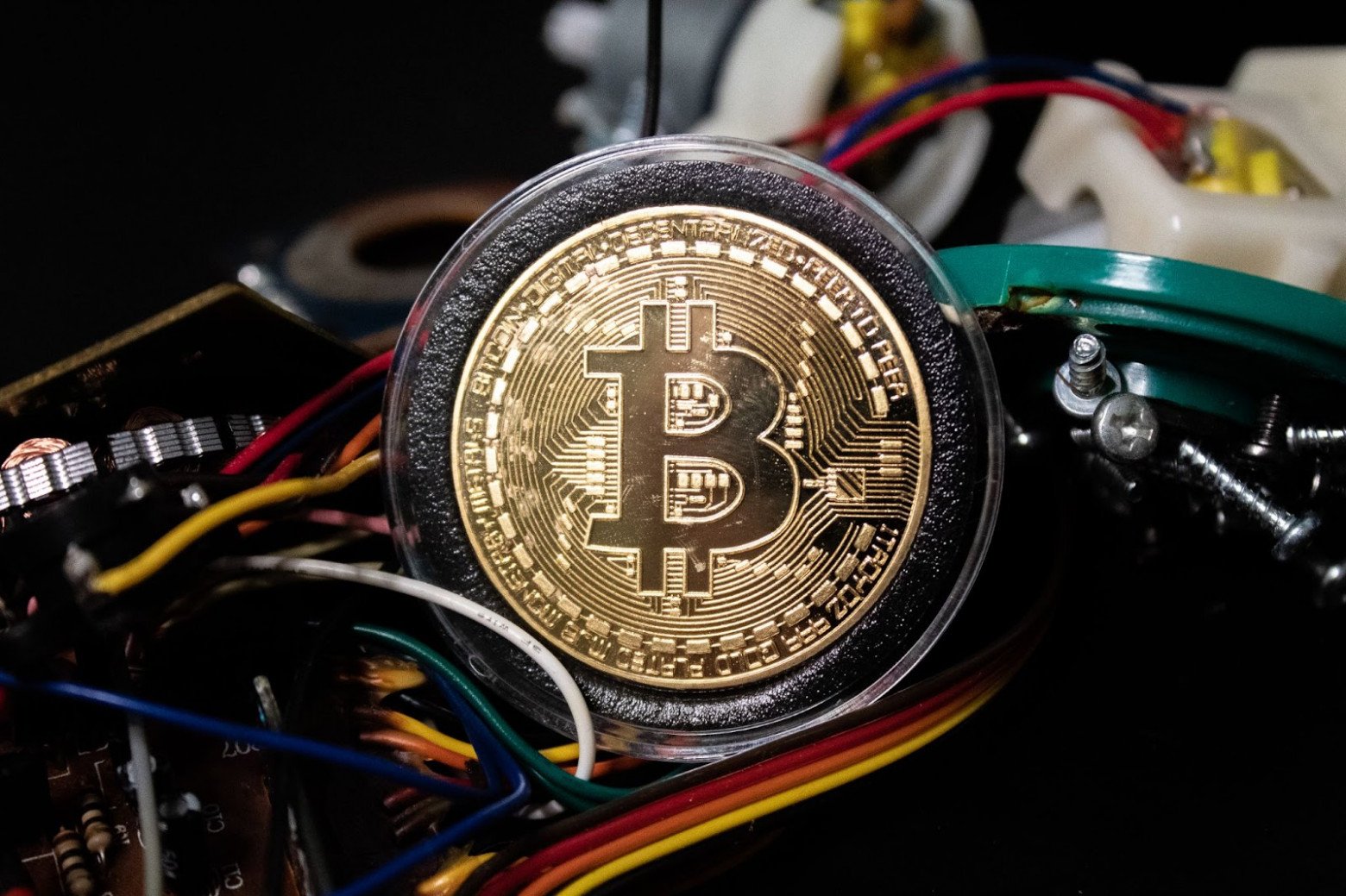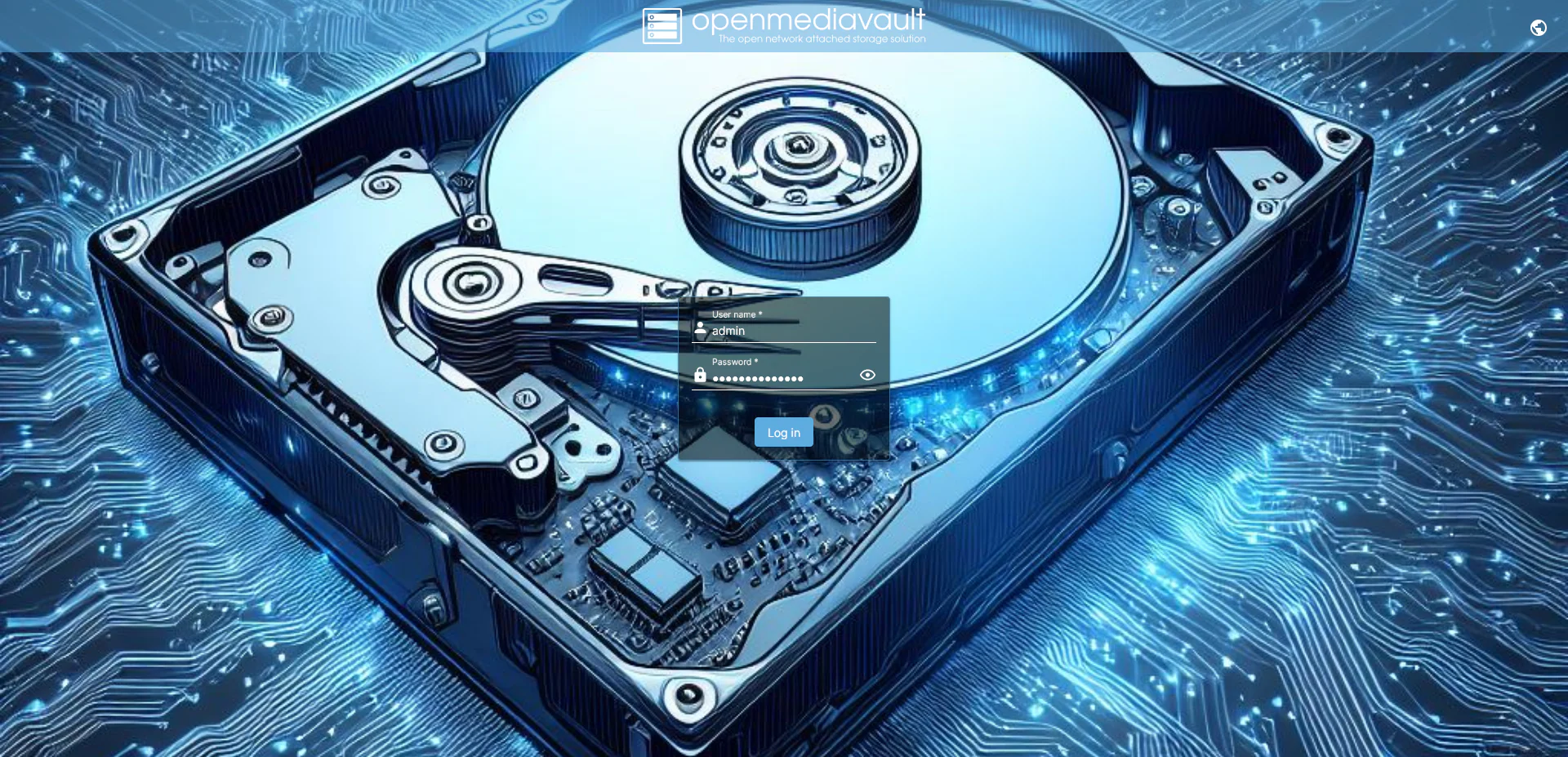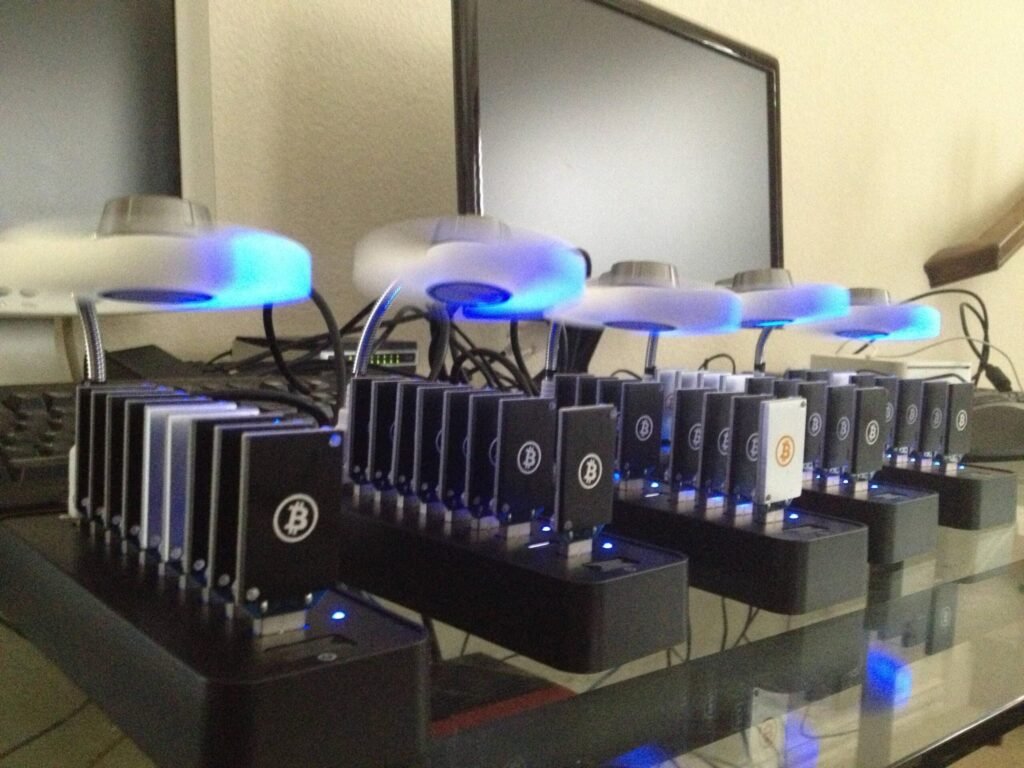Building your own bitcoin mining rig setup guide has become increasingly popular as cryptocurrency adoption continues to grow worldwide. Whether you’re a complete beginner or looking to expand your mining operations, understanding the fundamentals of assembling a profitable mining system is crucial for success. This comprehensive bitcoin mining rig setup guide will walk you through every step of the process, from selecting the right hardware components to optimizing your mining software for maximum profitability. With the right knowledge and preparation, you can build a mining rig that generates consistent returns while staying competitive in today’s dynamic cryptocurrency market.
Essential Hardware Components for Your Bitcoin Mining Rig Setup Guide
When building a Bitcoin mining rig, selecting the right hardware components is the foundation of your success. The most critical component is your mining hardware, which typically consists of ASIC (Application-Specific Integrated Circuit) miners for Bitcoin or GPU (Graphics Processing Unit) setups for alternative cryptocurrencies.
Choosing the Right Mining Hardware

ASIC miners are specifically designed for Bitcoin mining and offer superior hash rates compared to traditional GPU setups. Popular models include the Antminer S19 Pro, Whatsminer M30S, and AvalonMiner 1246. These devices consume significant power but deliver exceptional performance for Bitcoin mining operations.
For those interested in mining alternative cryptocurrencies, GPU rigs remain viable options. High-end graphics cards like the RTX 4090, RTX 4080, or AMD RX 7900 XTX provide excellent mining capabilities for various altcoins.
Power Supply and Electrical Requirements
Your power supply unit (PSU) must handle the electrical demands of your mining hardware. Calculate your total power consumption and add 20% headroom for safety. Most ASIC miners require 220V power connections, while GPU rigs typically use standard 110V outlets.
Consider investing in a quality surge protector and uninterruptible power supply (UPS) to protect your equipment from power fluctuations and outages.
Step-by-Step Bitcoin Mining Rig Setup Process
Setting up your mining rig requires careful attention to detail and proper preparation. Follow these steps to ensure optimal performance and longevity of your equipment.
Preparing Your Mining Environment
Choose a well-ventilated location with stable temperatures below 85°F (29°C). Mining equipment generates substantial heat, so proper airflow is essential. Consider basement locations, garages, or dedicated mining rooms with industrial ventilation systems.
Ensure adequate electrical infrastructure with proper grounding and circuit breakers rated for your equipment’s power requirements. Consult a licensed electrician if you’re unsure about electrical installations.
Installing and Configuring Mining Software

Download reputable mining software compatible with your hardware. Popular options include CGMiner, BFGMiner, and EasyMiner for various mining setups. Always download software from official sources to avoid malware and security risks.
Configure your mining software with the following essential settings:
- Pool server address and port
- Worker credentials and wallet address
- Hardware-specific optimization parameters
- Temperature and power monitoring thresholds
Connecting to Mining Pools
Solo mining Bitcoin is impractical for most individual miners due to network difficulty. Join established mining pools like Antpool, F2Pool, or Slush Pool to increase your chances of earning rewards.
Research pool fees, payout structures, and reputation before committing your hash rate. Most pools charge 1-3% fees and offer various payout methods.
Optimizing Your Mining Rig for Maximum Profitability
Profitability depends on several factors, including hash rate, power consumption, electricity costs, and Bitcoin price fluctuations. Regular optimization ensures your mining operation remains competitive.
Monitoring and Maintenance
Implement comprehensive monitoring systems to track:
- Hash rate performance
- Temperature readings
- Power consumption
- Hardware health status
- Pool connectivity
Schedule regular maintenance, including dust cleaning, thermal paste replacement, and firmware updates, to maintain optimal performance.
Cost Management Strategies
Electricity costs represent the largest operational expense for mining operations. Consider:
- Time-of-use electricity rates
- Renewable energy sources
- Efficient cooling solutions
- Load balancing across multiple circuits
Common Setup Challenges and Solutions
New miners often encounter technical difficulties during setup. Understanding common issues helps prevent costly mistakes and downtime.
Heat Management Solutions
Excessive heat reduces hardware lifespan and performance. Implement proper ventilation using intake and exhaust fans, maintain clean air filters, and consider liquid cooling for high-density setups.
Network Connectivity Issues
Stable internet connections are crucial for mining operations. Use wired Ethernet connections when possible and implement redundant internet connections for critical operations.
Advanced Configuration Tips
Experienced miners can implement advanced strategies to maximize their mining efficiency and profitability.
Overclocking and Undervolting
Carefully adjust your hardware settings to optimize the hash rate-to-power consumption ratio. Start with conservative settings and gradually increase performance while monitoring temperatures and stability.
Automated Management Systems
Consider implementing mining management software that automatically switches between profitable coins, adjusts power settings based on electricity rates, and provides remote monitoring capabilities.
Conclusion
Building a successful bitcoin mining rig requires careful planning, quality components, and ongoing optimization. This bitcoin mining rig setup guide provides the foundation for creating a profitable mining operation, but success depends on your dedication to learning and adapting to market conditions.
Ready to start your mining journey? Begin by researching current hardware prices, calculating your electricity costs, and selecting reputable suppliers for your components. Remember that cryptocurrency mining involves risks, so only invest what you can afford to lose.
















